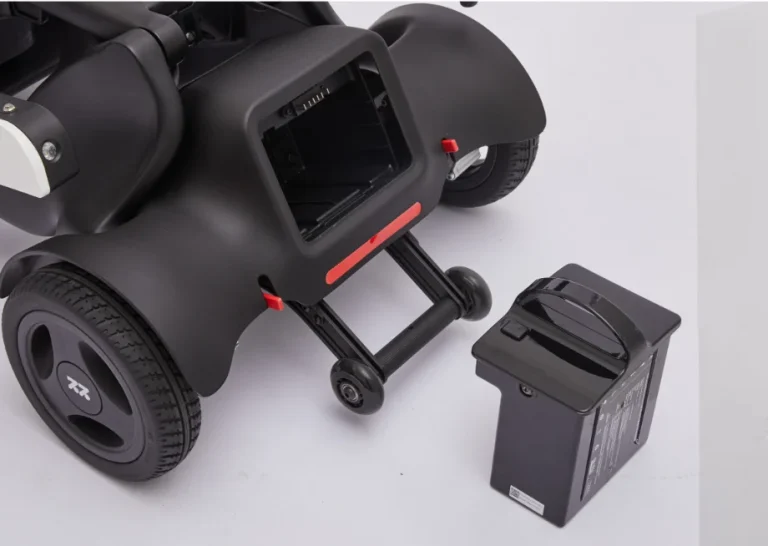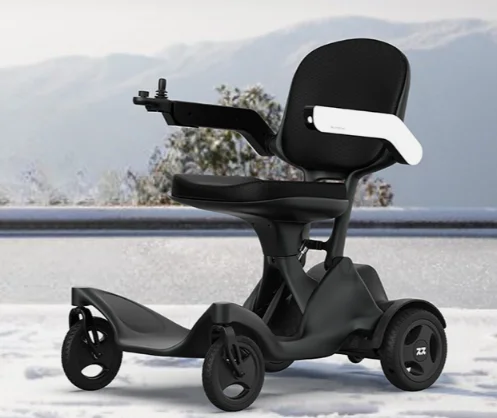
1. Current Regulatory Landscape
1.1 International Standards
- ISO 7176 Series: 28-part standard covering stability, braking, and electrical safety
- ANSI/RESNA WC-19: U.S. crashworthiness requirements
- EN 12184: European Union’s comprehensive safety framework
1.2 Regional Variations
- North America: FDA Class II medical device classification
- Europe: CE marking with MDD compliance
- Asia: GB/T certification in China, JIS standards in Japan
2. Critical Safety Components
2.1 Structural Integrity Requirements
- Frame strength testing (static load ≥300% user weight)
- Impact resistance standards (5mph collision tests)
- Weatherproofing specifications (IP54 minimum rating)
2.2 Electrical System Safety
- Battery protection circuits (overcharge/discharge prevention)
- Waterproof connectors (IP67 rating for critical junctions)
- Emergency power cutoff systems
2.3 Performance Thresholds
- Speed governors (4-6mph maximum for Class 2 devices)
- Braking distance (≤1.5m from maximum speed)
- Gradeability (Minimum 6° slope capability)
3. Emerging Safety Technologies
3.1 Advanced Driver Assistance Systems
- Collision avoidance sensors (ultrasonic/IR hybrid systems)
- Automatic lighting adjustment
- Terrain detection algorithms
3.2 Health Integration Features
- Fall detection with emergency alerts
- Vital sign monitoring capabilities
- Medication reminder systems
3.3 Connectivity Solutions
- GPS tracking for emergency response
- Remote diagnostics for maintenance alerts
- Geofencing capabilities
4. User-Specific Safety Considerations
4.1 Age-Related Adaptations
- Enhanced visual indicators (high-contrast displays)
- Auditory signal customization (frequency adjustments)
- Haptic feedback systems
4.2 Accessibility Requirements
- Control interface ergonomics
- Seat transfer assist mechanisms
- Customizable armrest configurations
5. Testing and Certification Processes
5.1 Laboratory Testing Protocols
- Vibration testing (3-axis simulation)
- Climate chamber evaluations (-20°C to 60°C)
- Electromagnetic compatibility testing
5.2 Real-World Validation
- 500+ mile durability testing
- User group evaluations
- Clinical setting assessments
6. Maintenance and Inspection Standards
6.1 Recommended Service Intervals
- Monthly user-performed checks
- Quarterly professional inspections
- Annual comprehensive servicing
6.2 Critical Maintenance Items
- Battery health monitoring
- Tire wear patterns
- Connector corrosion prevention
Conclusion
The evolving safety standards for electric mobility scooters reflect both technological advancements and deeper understanding of senior users’ needs. Manufacturers must balance innovation with proven safety principles while regulators work to harmonize international requirements.






